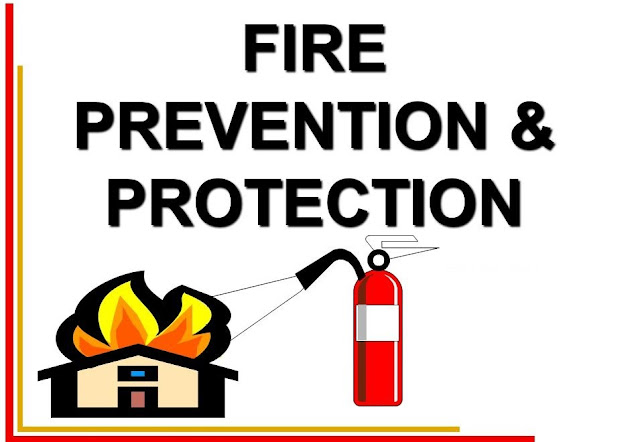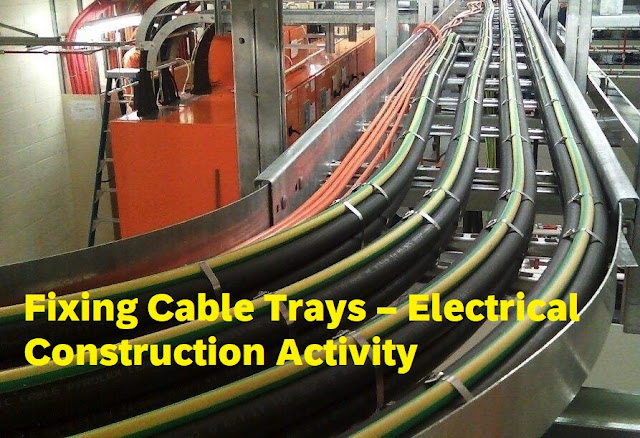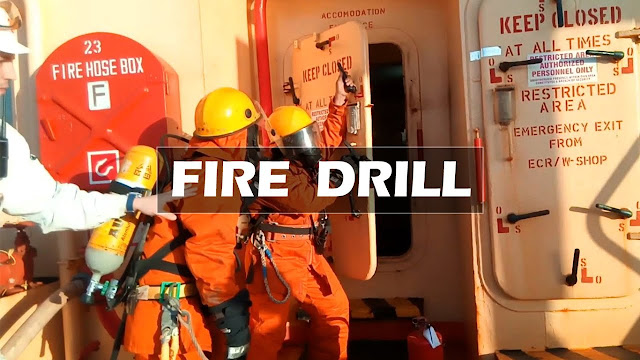Confined Space Standby Man Responsibilities
Ventilation Requirements for Confined Space
Evaluate
the confined space entry plan and applicable work permits to understand the
confined space hazards, precautions, accountabilities and emergency procedures
in case of any.
Recognize
and aware the effects of exposure to potential hazardous substance(s) in the
confined space.
Maintain
a confined space entry log and maintain a continuous count of entrants in the
confined space.
Monitor and prevent unauthorized personnel from entering the confined space.
Process Safety Incidents - Case Studies
Continuously
monitor activities inside and outside the confined space to determine if it is safe
for entrants to enter and/or remain inside the space.
Always maintain two-way communication with entrants to monitor entrant status (e.g., behavioral effects of hazard exposure) and alert entrants of a need to evacuate the confined space.
Have adequate
communications equipment readily available on-site and immediately notify
proper personnel (e.g., CSE Supervisor, rescue team) in case of an emergency.
Continue present at the confined space entry point until relieved by another designated standby man or until all entrants have exited the confined space.
Never
attempt to enter the confined space, even in an emergency, until relieved.
Execute
nonentry rescues as specified by the rescue plan.
Perform
no other duties that could interfere with the primary responsibilities of a
confined space standby man.
Directive
entrants to evacuate the confined space under any of the following conditions:
An
unsafe condition develops inside or outside the confined space.
An
entrant displays abnormal behavioral effects of hazard exposure.
If the standby man must leave the area and no relief confined space standby man is provided.










